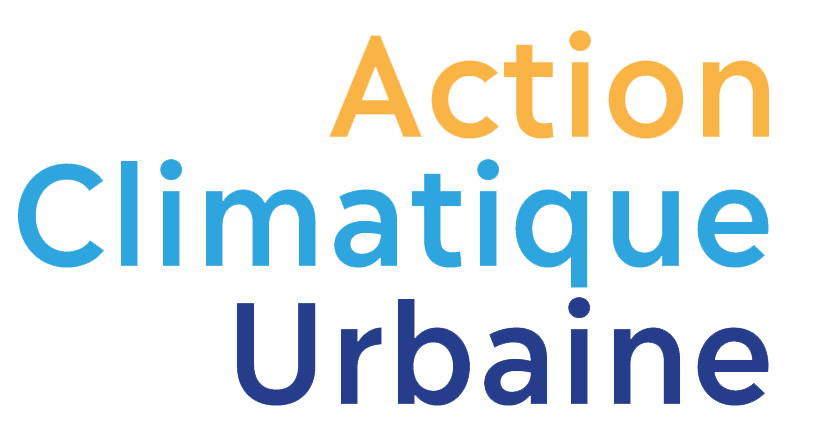Four areas of research
Through the following four research axes and multiple projects and collaborations, the Chair links three elements at the heart of urban climate action: the different forms of collective and citizen action, the anchoring of climate action in territories and living environments, and the recomposition of urban infrastructures.
Urban infrastructure in transition
Large urban infrastructure networks are structuring
both the carbon footprint of cities and their vulnerability
to climate change. Infrastructures also have a strong
inertia.
Nevertheless, urban water, energy and transportation
infrastructures are in transition, thanks in particular to
two processes:
1) social mobilizations questioning certain
infrastructure models and their relationship with
the environment and the territories, in a context
of climate change;
2) experiments that establish new relationships in the
territories, between communities, citizens and the
State, between humans and non-humans. They allow
us to imagine and test new ways of doing things.
Climate change affects territories and populations in
different ways. Moreover, research shows that climate
action to adapt to climate can reproduce or exacerbate
pre-existing inequalities and reinforce different forms
and practices of exclusion, discrimination and
colonialism.
In parallel to the actions of cities and the State,
communities and associations are already acting
locally, in some cases to support the populations most
affected by the impacts of climate change in urban
areas, such as heat waves.
This axis of the Chair aims to address the issues of
equity and justice related to climate action, and to
support the efforts of actors who work on it on a daily
basis.
Climate justice and caring practices in communities
Transformation of suburban living environments
Suburban municipalities in North America have
reportedly been less proactive in climate engagement
to date. However, the concerns and challenges of
suburban environments have also been much less
documented by researchers. Municipal action
networks and access to resources are also said by
some to be less adapted to their realities. As a result,
climate action is either less visible and less debated,
or represented in a stereotypical way.
How are certain imperatives of climate action on the
transformation of living environments – such as the
protection and increase of green spaces, densification
and the reduction of car use – worked out and debated
in suburban living environments? Under what
circumstances do these imperatives and issues
emerge in local public debates? How do citizens
participate? What nuances need to be made to the
classic representations of suburban development and
collective action in the face of climate change?
This research axis includes a project on the debates of densification and another on a historical perspective of the search for autonomy in suburban environments.
Reducing GHGs and adapting to climate change
requires transforming infrastructures, living
environments and practices that are territorially situated. Failure to recognize the diversity of territorial contexts can lead to targeting the wrong climate action measures, as well as creating conflicts and mismatches.
About climate action, work has shown that emotions such as anxiety or shame, blame and denial participate in modifying or inhibiting the type of climate action in
which individuals and groups engage, both within and
outside the state, and that social processes are
involved.
Attachment to the territory is also involved in
these emotions when the territory is disrupted or
needs to be transformed.
The emotions of climate action
anchored in changing territories
(in development)
The Chair’ members live and work on unceded territories. We would like to recognize the role of custodians of the land and water by First Nations, notably from the Kanien’kehá: ka nation in Tiohtià:ke/Montréal. Tiohtià:ke is historically known as a gathering place for many First Nations and today home to many Indigeneous persons.
